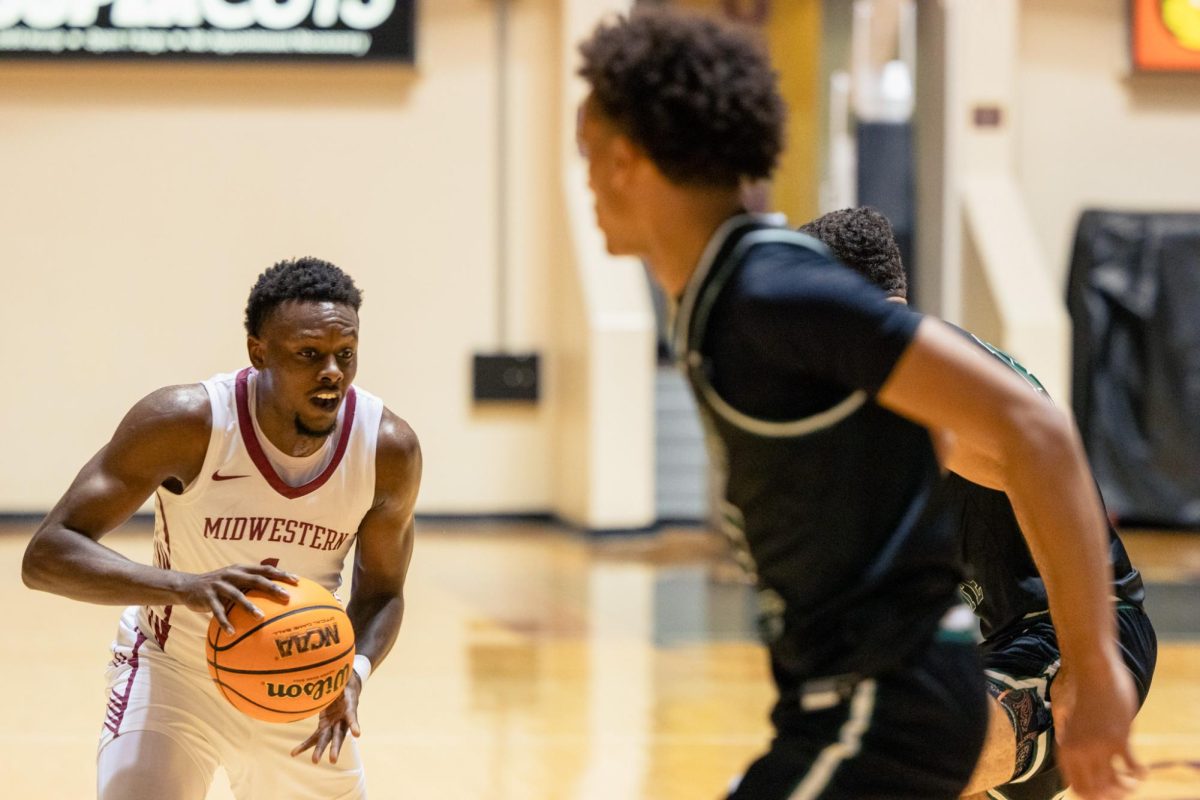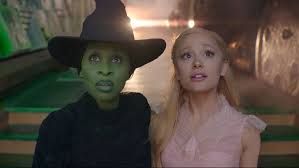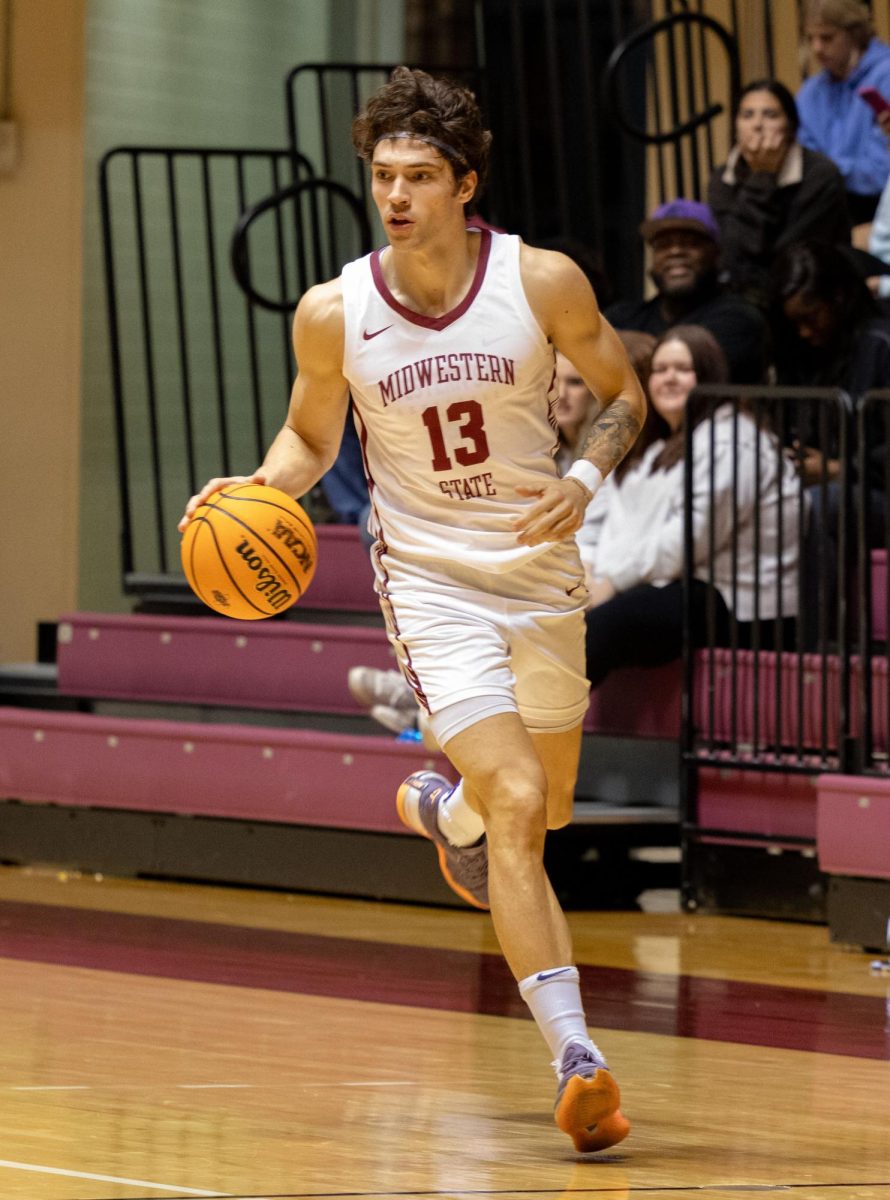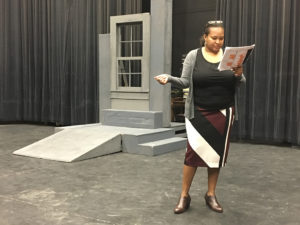
“For Colored Girls,” a poetic play, was met by a crowd of 98 students, faculty and community members in Bea Wood Studio Theatre in the Fain Fine Arts building. The event was held on Feb. 10-11 by Alpha Psi Omega as a fundraiser for First Step, Inc., Ms. Foundation, and INCITE! The reception at 7 p.m. was followed by the play at 7:30 p.m.
The play, which was originally published in the 70s by Ntozake Shange, has never been performed at MSU before. Though it was only performed for one weekend, Kaylor Winter-Roach, production manager and theater junior, said she hopes that more plays representing communities will be brought to campus — and that is the reason Ellanor Collins, theater junior, decided to direct the play.
“I heard about the play from one of my classes,” Collins said. “I fell in love with the material, and I thought the current time was perfect to share the story. It’s a story rarely told and it needs to be told often and regularly.”
The story Collins is talking about is the struggles that women of color face. In looking at these struggles, the play presents seven women who talk about the injustices that each has faced. Characters included Lady in Brown, played by Charlene A. Hood and Anissia Jones, Lady in Purple, played by Estefani Del Villar and Zarya Maiato, Lady in Yellow, played by Frantia Washington and Tamia Davis, Lady in Blue, played by Zhanae Beard and Nicole Smalls, Lady in Green, played by Ka-Terra Brown, Lady in Red, played by Aliyah Rolle and Cammie Dean, and Lady in Orange, played by ShaDera Bryant-Williams. Each character, and subsequently, each of the 14 actresses, brought to life the prose they were reading.
“I really wanted to do this play, but the school’s theater group didn’t have the cast,” Collins said. “Women of color are very important for this play and so we had to extend further and have open auditions.”
The auditions were held in January, but the idea started somewhere back in October, Winter-Roach said.
“It was an open audition, so people could come over and try out for roles,” she said. “The director told them which character they best fit, and they wore the scarves for that particular character.”
Each one of the characters adorned a scarf or headband of the color for their character, and this helped to solidify their characters.
While most of the crowd had heard of the play before, or at least had seen the movie, there was still a large majority that had no previous experiences with the content. In the talk-back after the play, Syreeta Greene, director of equity, inclusion and multicultural affairs, and the cast talked about the play’s content and major themes. One of main questions Greene posed, was the differences between white and black women.
“It had never crossed my mind that there was a difference between white and black women,” Collins said. “I first heard of white feminism in high school, and white feminism said, ‘We are all women, we are all the same.’ It’s not true. You can’t ignore someone else’s history, heritage and culture.”
For the women on the stage, identity and independence was important above all else. The general consensus was those two things made them a woman. When the question was directed at the crowd, there was an array of different responses.
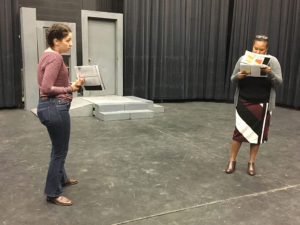
“There’s a sense of protection, there’s a nurturing aura around a woman,” Keyvon Fuller, theater performance freshman, said. “Being there for someone, having someone’s back, that’s what it means to be a woman.”
As there were many different themes and meanings within the poem, there were also many stories to tell.
“I was cut for this piece 20 years ago at my school,” Cammie Dean, student development and orientation director, said. “When I heard it was going to be presented here, I desperately wanted to do it. The stories are the experiences of my cousins, my neighbors. Everyone in the story is someone I know, and they’re all voices that don’t get heard.”
Greene said that while the voices may be joyful at times, sexual assault and betrayal in the play changed the characters.
“There was sort of an ebb and flow in the play,” she said. “At times a character could have felt like she was accepted, at others, she felt she was disregarded.”
Moreover, Dean said, the play delves into individual racism.
“The play looks at what we [women of color] take home with us when that person who discriminated against us is not around,” she said. “It’s a look at what we take into our souls.”



